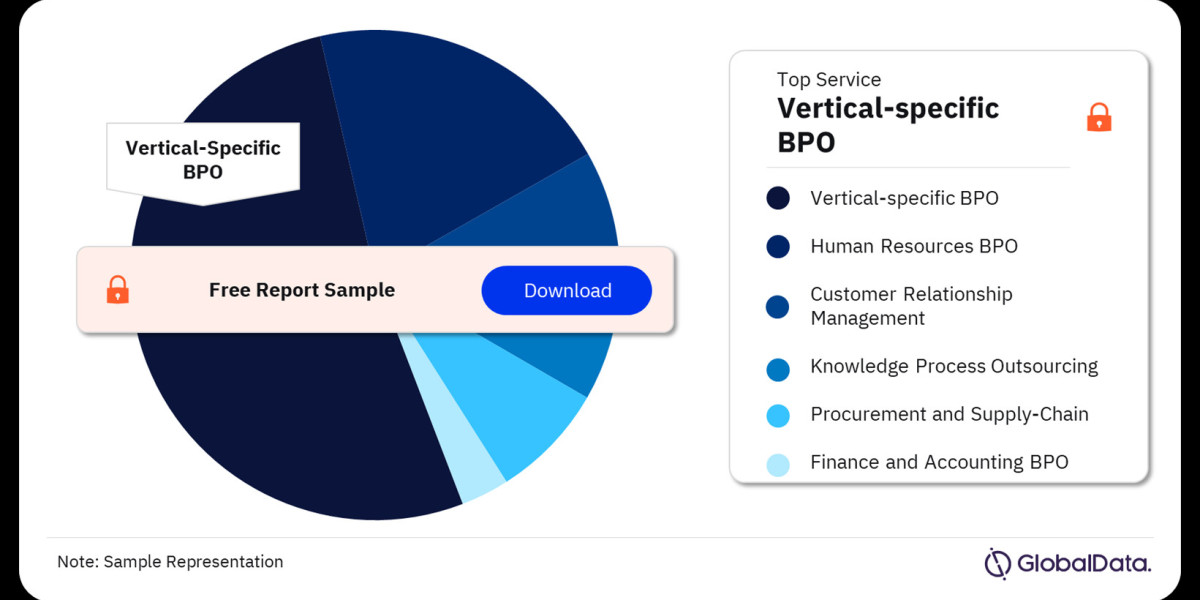The business process outsourcing (BPO) market is experiencing a period of phenomenal growth, driven by a confluence of factors like globalization, technological advancements, and the ever-increasing need for businesses to optimize efficiency and costs. This article delves into the BPO market landscape, exploring its current size, projected growth trajectory, key trends shaping the industry, and what the future holds for this dynamic market.
Understanding BPO: A Strategic Business Lever
Business process outsourcing, in essence, is the practice of contracting specific business tasks or functions to a third-party service provider. These tasks can encompass a wide range, including customer service, back-office operations like data entry and accounting, human resources functions, and even technical support. Businesses leverage BPO to gain a competitive edge by:
Cost Reduction: BPO providers, often located in regions with lower operational costs, can deliver significant cost savings compared to in-house operations.
Enhanced Efficiency: BPO allows businesses to offload non-core tasks, freeing up internal resources to focus on core competencies and strategic initiatives.
Improved Service Quality: BPO providers often specialize in specific processes and can leverage economies of scale and expertise to deliver high-quality services.
Increased Flexibility: BPO offers businesses the flexibility to scale their operations up or down as needed, adapting to changing market demands.
Market Size and Growth Projections
The global BPO market is a multi-billion dollar industry, and its growth trajectory is nothing short of impressive. According to Grand View Research, the BPO market size was estimated at a staggering USD 280.64 billion in 2023, and is projected to grow at a healthy Compound Annual Growth Rate (CAGR) of 9.6% from 2024 to 2030 [1]. This translates to a market exceeding USD 500 billion by the end of the decade.
Key Market Segments and Applications
The BPO market can be segmented by service type, industry vertical, and delivery model. Here's a breakdown of the prominent segments:
Service Type:
Front-office BPO: This segment focuses on customer-facing interactions, such as customer service, telemarketing, and sales support.
Back-office BPO: This segment encompasses tasks like data entry, accounting, human resources administration, and payroll processing.
Knowledge Process Outsourcing (KPO): This segment deals with high-value services requiring specialized knowledge and skills, such as legal processes, research and development, and engineering design.
Industry Vertical:
Banking, Financial Services and Insurance (BFSI): The BFSI sector heavily relies on BPO for tasks like loan processing, fraud detection, and customer onboarding.
Information Technology (IT) and Telecommunications: IT and telecom companies leverage BPO for network management, software development support, and customer service.
Healthcare: The healthcare industry utilizes BPO for medical transcription, coding, and revenue cycle management.
Retail and E-commerce: BPO plays a crucial role in e-commerce order fulfillment, customer service, and logistics management for retail and e-commerce businesses.
Delivery Model:
On-site BPO: The service provider delivers the outsourced work from the client's premises.
Nearshore BPO: Outsourcing occurs to a geographically close country with similar time zones.
Offshore BPO: Outsourcing takes place in a distant country with significant cost advantages.
Trends Shaping the BPO Market Landscape
Several key trends are shaping the future of the BPO market:
Automation and Artificial Intelligence (AI): The rise of automation and AI is transforming the BPO landscape. Repetitive tasks are increasingly automated, freeing up BPO providers to focus on higher-value services that require human judgment and creativity.
Cloud-based Solutions: Cloud computing is enabling BPO providers to offer more scalable and cost-effective solutions. Cloud platforms facilitate easier collaboration, data security, and access to the latest technologies.
Cybersecurity Concerns: As data security becomes paramount, BPO providers are prioritizing robust cybersecurity measures to ensure client data protection. Compliance with data security regulations is a critical factor for BPO providers.
Focus on Specialised Services: The demand for specialized BPO services like KPO and industry-specific solutions is growing. BPO providers are investing in domain expertise to cater to these niche requirements.
Rise of Robotic Process Automation (RPA): RPA is automating routine, rule-based tasks, further enhancing efficiency and accuracy within BPO operations.
Buy the Full Report for the BPO Market Forecast, Download a Free Sample



